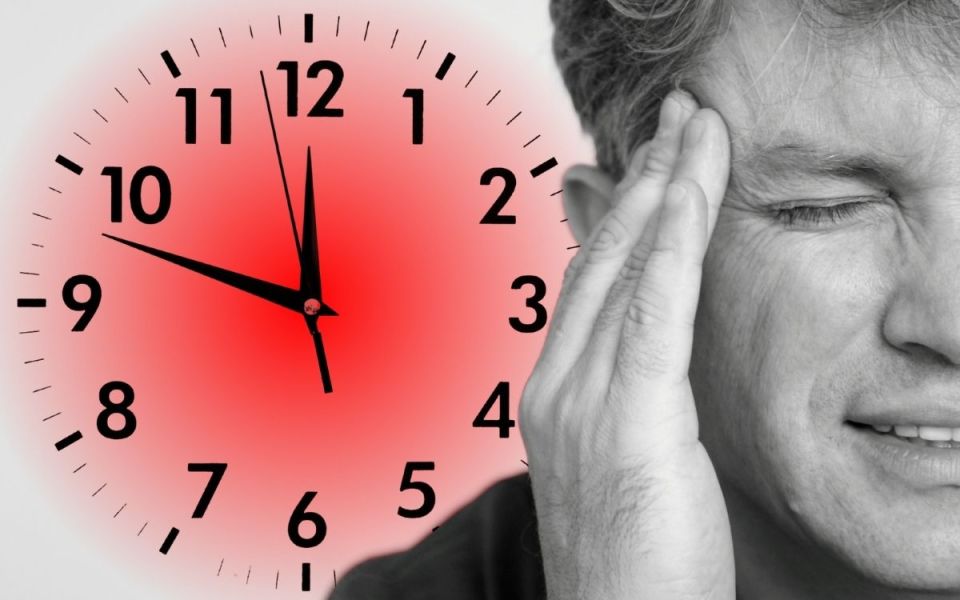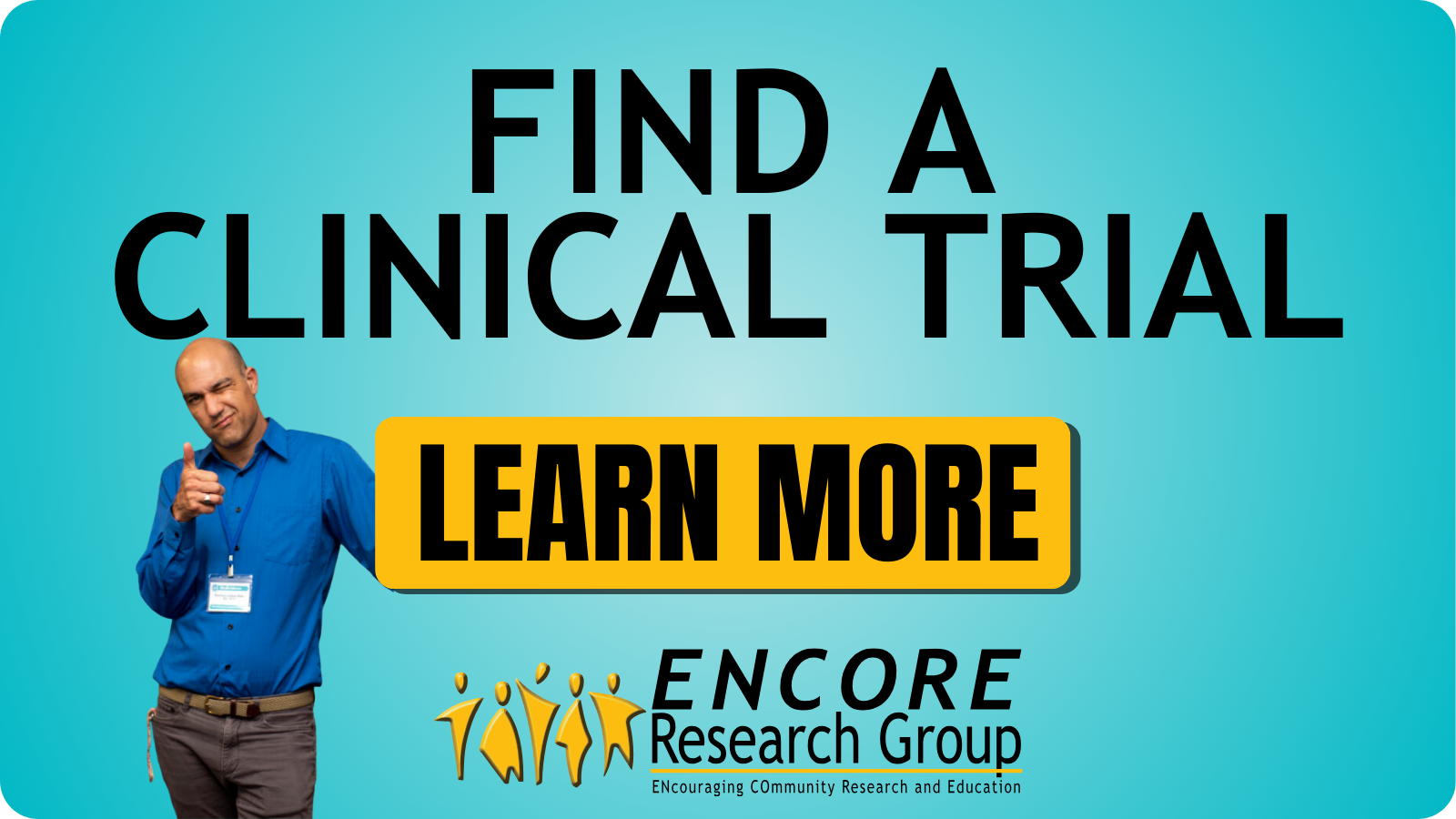What are Cluster Headaches?

Headaches are very common and can be described as “painful,” “annoying,” “frustrating,” and occasionally “bad enough to warrant a day off work.” Cluster headaches are a bit more extreme; they have been described as “worse than labor,” “probably the most severe pain known,” and “so bad you would do anything to stop it, including shoot a nail gun into your head” [1, 2]. So yeah, it’s a bit worse than a regular headache. Cluster headaches come with an extreme amount of pain but also come in clusters (hence the name). Untreated cluster headaches can last from around fifteen minutes to three hours and can occur with varying frequency, from every other day to multiple times a day, and can persist for weeks, months, or even years. [2 3]. These attacks are clocklike in their regularity, occurring at the same time every day during the cluster, with the most typical attack time being between early evening and early morning, spiking around 2:00 AM [2, 4].
Cluster headaches are rare, affecting about one in every thousand people [2]. Most cases start before age 30, and the majority of patients are male [2, 4]. Around 80-90% of patients have episodic cluster headaches separated by remission periods of three months or longer [2]. Chronic cluster headaches are more severe, with short or no remission periods [2]. Up to 15% of patients with chronic cluster headaches do not respond to current treatments [5].
Diagnosing cluster headaches is not straightforward, as no single exam can diagnose cluster headaches [2]. Diagnosing this condition is challenging, often requiring doctors to rule out other possible causes of headaches. As a result, only one in five patients are correctly diagnosed initially, and it can take an average of five years to receive an accurate diagnosis. [4].
Other than immense amounts of pain, cluster headaches come with a host of other not-very-fun symptoms. Before an attack, many patients have premonitory symptoms called shadows for up to approximately 25 minutes, which may include pain and cognitive symptoms that indicate an attack is coming [2, 4]. The actual attack is characterized by being on only one side of the head (mostly the right) and is frequently restricted to a specific part of that side (such as behind the eyes) [2, 4]. Other one-sided symptoms include tears, eye redness, stuffy nose, and sweating [2]. Sufferers may also be unable to sit still or lie down and feel the need to jump, bounce legs, or do other activities [1]. Short-term risks of having an attack, called triggers, include [2, 4]:
- Sleep disruptions
- Weather changes
- Drinking alcohol (especially beer)
- Specific smells
- Flashing lights
There are also long-term risk factors for developing cluster headaches. These include genetics, cigarette use, long-term alcohol use, and head trauma [2, 4]. Depression is associated with cluster headaches, but whether it causes them or results from them remains unclear [2, 4]. Significant complications from cluster headaches include being unable to keep a job and suicidal ideation, with over half of patients thinking or planning to take their own life [4].
Unfortunately, researchers still don’t fully understand what’s happening with cluster headaches. The trigeminal nerves are the biggest nerves in the head and connect each side of the brain to the corresponding side of the face, making them a potential culprit [2]. Another major suspect is the hypothalamus, which contains the suprachiasmatic nucleus and is the timekeeper of the brain [2, 6]. Other contributors include two nerve pathways: the parasympathetic nervous system (“rest and digest”) and the pain network [2].
Treatments for cluster headaches fall into three main categories: abortive, preventative, and neuromodulatory. Abortive therapies are used to end an underway attack and include high-flow pure oxygen, triptans, the vasoconstrictor (narrows blood vessels) ergotamine, and inhaling anesthetic lidocaine [2]. Some patients have found relief by snorting hot sauce to end headaches, though to my knowledge, no rigorous studies have been done [1]. Don’t try this at home. Preventative medications may not lower the severity of an attack but may lessen the number of attacks [1]. These therapies include the calcium channel blocker verapamil, lithium, anticonvulsants, and injected corticosteroids [2]. Clinical trials have been investigating other long-term medications, including monoclonal antibodies and the hallucinogen psilocybin [1, 2, 7]. Finally, neuromodulation is an emerging field for treatment and is associated with several active and completed clinical trials. These procedures attempt to physically alter the neural activity in the brain and are reserved for patients for whom other treatments have failed. Sphenopalatine ganglion (SPG) stimulation and occipital nerve stimulation (ONS) are invasive, reversible surgical therapies that activate facial nerves to provide relief [2, 5]. Deep brain stimulation is similar, but the electrode is implanted all the way down to the hypothalamus [2]. Finally, noninvasive vagus nerve stimulation (VNS) uses external devices to create an electric field powerful enough to stimulate the vagus nerve without surgery [8, 9]. Early clinical trials have found this effective for those with episodic but not chronic cluster headaches [8, 9].
More clinical trials are needed to find effective treatments for this rare but horrible disorder. To find clinical trials in your area, check clinicaltrials.gov.
Creative Director Benton Lowey-Ball, BS, BFA
|
Click Below for ENCORE Research Group's Enrolling Studies |
|
Click Below for Flourish Research's Enrolling Studies |
References:
[1] Actual Patient Testimony. (February 3, 2025). As interviewed by the author.
[2] May, A., Schwedt, T. J., Magis, D., Pozo-Rosich, P., Evers, S., & Wang, S. J. (2018). Cluster headache. Nature reviews Disease primers, 4(1), 1-17. https://www.nature.com/articles/nrdp20186
[3] International Headache Society. (2018). 3.1. Cluster headache. IHS Classification ICHD-3. https://ichd-3.org/3-trigeminal-autonomic-cephalalgias/3-1-cluster-headache/
[4] Rozen, T. D., & Fishman, R. S. (2012). Cluster headache in the United States of America: demographics, clinical characteristics, triggers, suicidality, and personal burden. Headache: The Journal of Head and Face Pain, 52(1), 99-113. https://pubmed.ncbi.nlm.nih.gov/22077141/
[5] Wilbrink, L. A., de Coo, I. F., Doesborg, P. G., Mulleners, W. M., Teernstra, O. P., Bartels, E. C., ... & Rasche, D. (2021). Safety and efficacy of occipital nerve stimulation for attack prevention in medically intractable chronic cluster headache (ICON): a randomised, double-blind, multicentre, phase 3, electrical dose-controlled trial. The Lancet Neurology, 20(7), 515-525. https://pubmed.ncbi.nlm.nih.gov/34146510/
[6] Pringsheim, T. (2002). Cluster headache: evidence for a disorder of circadian rhythm and hypothalamic function. Canadian journal of neurological sciences, 29(1), 33-40. https://doi.org/10.1017/S0317167100001694
[7] Riesenberg, R., Gaul, C., Stroud, C. E., Dong, Y., Bangs, M. E., Wenzel, R., ... & Oakes, T. M. (2022). Long-term open-label safety study of galcanezumab in patients with episodic or chronic cluster headache. Cephalalgia, 42(11-12), 1225-1235. https://pubmed.ncbi.nlm.nih.gov/35633025/
[8] Goadsby, P. J., de Coo, I. F., Silver, N., Tyagi, A., Ahmed, F., Gaul, C., ... & Ferrari, M. D. (2018). Non-invasive vagus nerve stimulation for the acute treatment of episodic and chronic cluster headache: a randomized, double-blind, sham-controlled ACT2 study. Cephalalgia, 38(5), 959-969. https://journals.sagepub.com/doi/10.1177/0333102417744362
[9] Silberstein, S. D., Mechtler, L. L., Kudrow, D. B., Calhoun, A. H., McClure, C., Saper, J. R., ... & ACT1 Study Group. (2016). Non–invasive vagus nerve stimulation for the acute treatment of cluster headache: findings from the randomized, double‐blind, sham‐controlled ACT1 study. Headache: The Journal of Head and Face Pain, 56(8), 1317-1332. https://pubmed.ncbi.nlm.nih.gov/27593728/



